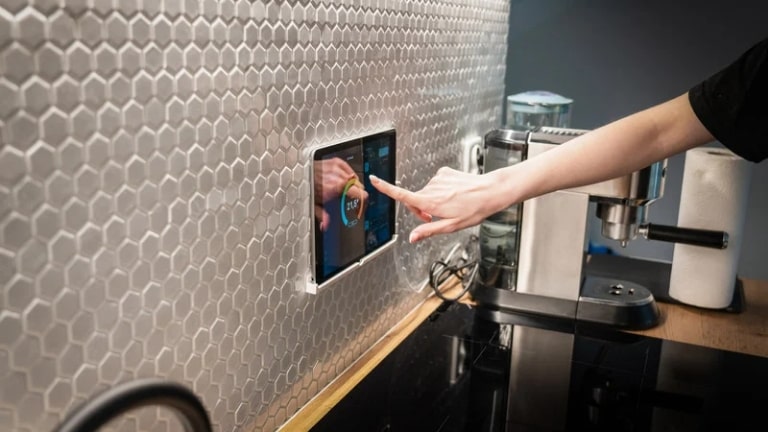As the world grapples with the pressing challenges of climate change and environmental degradation, sustainable technology has emerged as a beacon of hope. For homeowners looking to reduce their carbon footprint and promote eco-friendly living, the integration of sustainable tech products offers a practical and impactful solution. From energy-efficient appliances to smart home systems, here’s a look at some of the leading sustainable technologies transforming homes into greener havens.
1. Energy-Efficient Appliances
One of the most straightforward ways to enhance sustainability at home is through the adoption of energy-efficient appliances. Modern refrigerators, washing machines, and dishwashers often come with Energy Star certification, indicating they meet stringent energy performance standards set by the Environmental Protection Agency (EPA). These appliances use significantly less electricity and water, reducing both utility bills and environmental impact.
Example: Inverter technology in air conditioners and refrigerators adjusts the power consumption based on usage, leading to substantial energy savings compared to traditional models.
2. Solar Power Systems
Harnessing solar energy is a powerful method to achieve a sustainable home. Solar panels, installed on rooftops, convert sunlight into electricity, reducing reliance on fossil fuels. With advancements in solar technology, the efficiency and affordability of solar panels have improved, making them a viable option for many homeowners.
Example: Solar shingles integrate seamlessly with roof tiles, providing an aesthetically pleasing alternative to traditional solar panels while generating clean energy.
3. Smart Home Systems
Smart home technology not only enhances convenience but also promotes sustainability. Smart thermostats, for instance, learn household routines and adjust heating and cooling settings to optimize energy use. Additionally, smart lighting systems can be programmed to turn off when rooms are unoccupied, significantly cutting down on electricity consumption.
Example: The Nest Learning Thermostat can reduce heating and cooling bills by up to 15%, as it automatically adjusts temperatures based on your schedule and preferences.
4. Water Conservation Technologies
Water scarcity is a growing global concern, and sustainable home technologies can play a critical role in water conservation. Low-flow fixtures, such as showerheads and faucets, use less water without compromising performance. Additionally, smart irrigation systems for gardens and lawns ensure that water is used efficiently, preventing overwatering and reducing waste.
Example: Dual-flush toilets offer two flush options, using less water for liquid waste and more for solid waste, thus conserving water with each use.
5. Sustainable Building Materials
The choice of building materials significantly impacts the sustainability of a home. Materials such as bamboo, reclaimed wood, and recycled metal not only reduce the demand for virgin resources but also lower the environmental footprint associated with construction and renovation.
Example: Bamboo flooring is a sustainable alternative to traditional hardwood floors due to its rapid growth rate and minimal environmental impact during harvesting.
6. Home Energy Storage
Energy storage solutions, like home batteries, complement renewable energy systems by storing excess power generated during the day for use at night or during power outages. This ensures a continuous supply of clean energy and maximizes the benefits of solar and wind installations.
Example: The Tesla Powerwall stores surplus energy from solar panels and provides backup power, contributing to energy independence and resilience.
7. Composting Systems
Reducing household waste is another crucial aspect of sustainable living. Home composting systems convert organic waste, such as food scraps and garden clippings, into nutrient-rich compost that can be used to fertilize gardens. This not only reduces landfill waste but also enriches soil health, promoting sustainable gardening practices.
Example: Electric composters accelerate the composting process, breaking down organic waste into compost within weeks rather than months.
Conclusion
Integrating sustainable tech products into homes is not just a trend; it is a vital step toward a more sustainable future. By embracing energy-efficient appliances, renewable energy systems, smart home technology, and sustainable materials, homeowners can significantly reduce their environmental impact. These innovations not only contribute to a healthier planet but also offer practical benefits such as cost savings, increased home value, and enhanced quality of life. As technology continues to advance, the opportunities for creating greener, more sustainable homes will only expand, paving the way for a more eco-friendly world.
